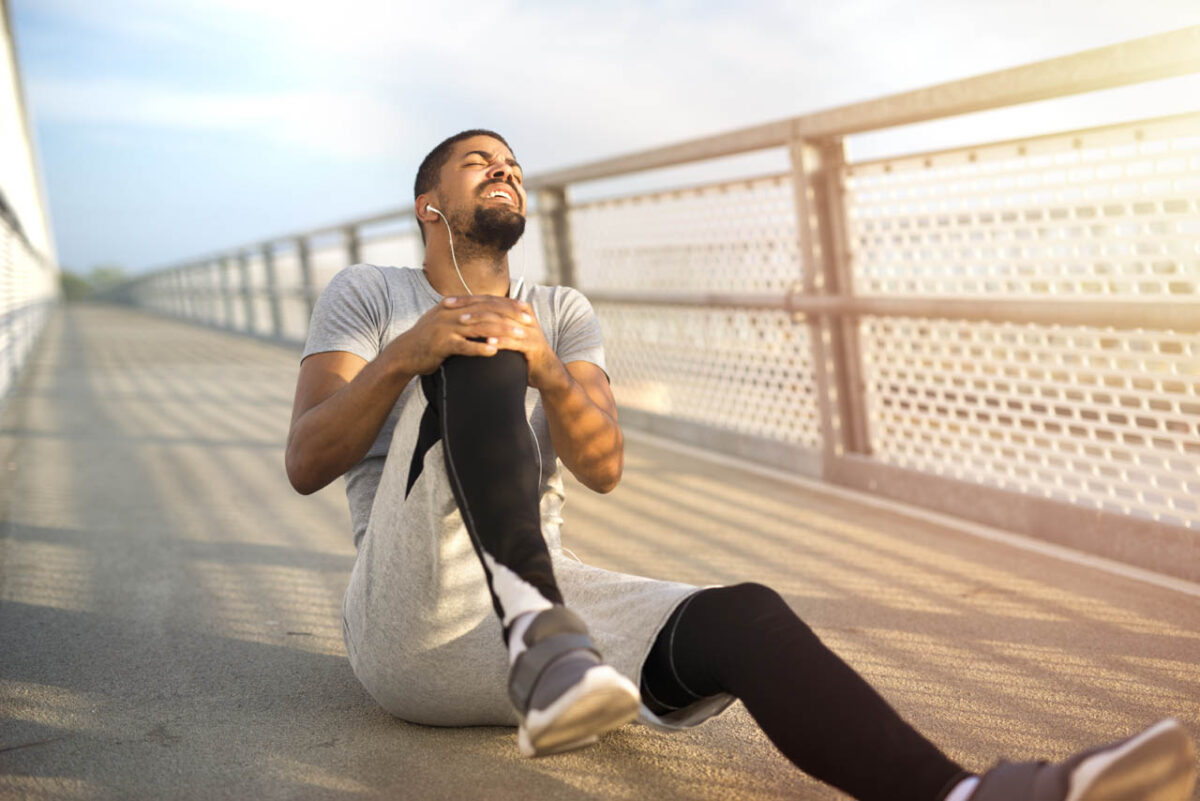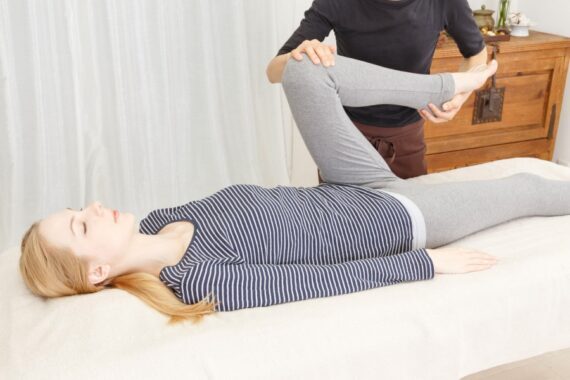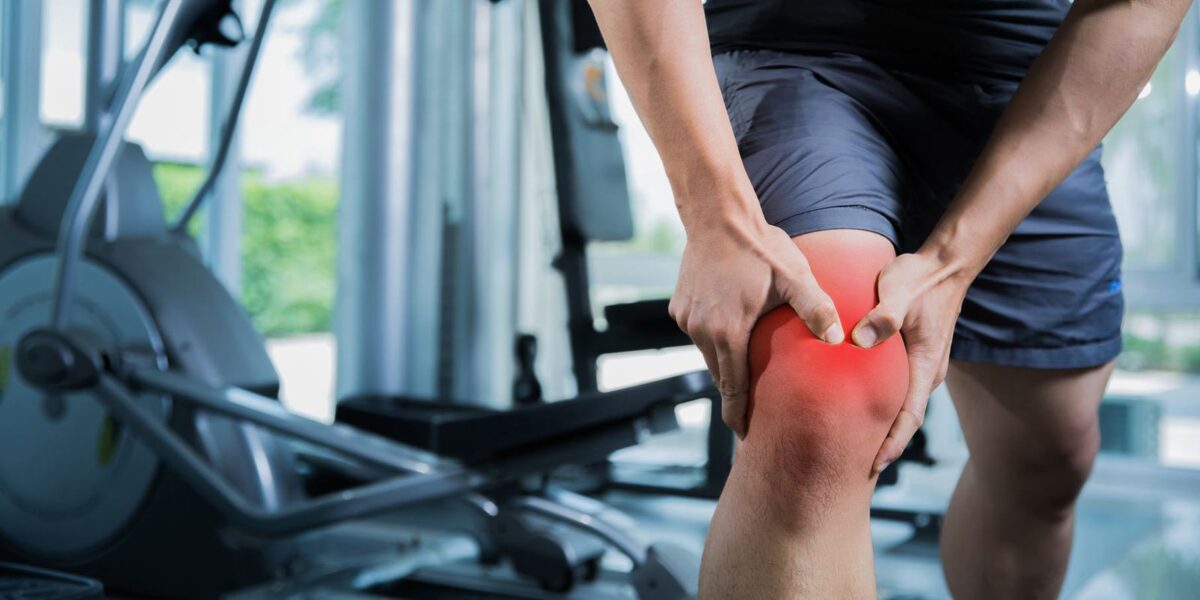In the intricate network of our bodies, the health of our organs plays a pivotal role in our overall well-being. Visceral Manipulation, an innovative and holistic approach to healthcare, is gaining prominence for its ability to address a myriad of health concerns. At Synapse Physio, under the guidance of Dr. GK Balaji, Director of Synapse Physio Pvt Ltd, this transformative therapy is making waves. In this blog, we explore the essence of Visceral Manipulation and the expertise that Dr. Balaji brings to the forefront at Synapse Physio.
Understanding Visceral Manipulation:
Visceral Manipulation is a manual therapy that focuses on the internal organs of the body. It involves gentle, hands-on techniques to assess and improve the mobility and function of the organs. Dr. GK Balaji, a leading figure in this field, utilizes his expertise to address issues related to organ dysfunction, chronic pain, and various health conditions.
Key Aspects of Visceral Manipulation:
Holistic Approach: Visceral Manipulation acknowledges the interconnectedness of the body, recognizing that dysfunction in one organ can impact the entire system. It takes a holistic approach, aiming to restore harmony and balance.
Gentle Techniques: Unlike more forceful manipulations, Visceral Manipulation employs gentle, precise techniques. Dr. Balaji’s skilled hands work to release tension and restrictions in the soft tissues surrounding the organs, promoting improved function.
Pain Relief and Improved Functionality: By enhancing the mobility of internal organs, Visceral Manipulation can contribute to pain relief and improved functionality. It is particularly beneficial for individuals experiencing chronic pain or discomfort.
Addressing Underlying Causes: Instead of merely addressing symptoms, Visceral Manipulation seeks to identify and address the underlying causes of dysfunction. Dr. GK Balaji’s approach involves thorough assessments to tailor treatments to individual needs.
Dr. GK Balaji’s Expertise at Synapse Physio:
As the Director of Synapse Physio Pvt Ltd, Dr. GK Balaji brings a wealth of knowledge and experience to the realm of Visceral Manipulation. His commitment to patient-centered care is reflected in the following aspects:
Comprehensive Assessments: Dr. Balaji conducts thorough assessments to understand the unique needs of each patient. This allows for the development of personalized Visceral Manipulation treatment plans.
Educational Support: Dr. GK Balaji believes in empowering his patients with knowledge. He provides educational support, helping individuals understand the importance of Visceral Manipulation in their overall health and well-being.
State-of-the-Art Facilities: Synapse Physio is equipped with state-of-the-art facilities, providing a comfortable and conducive environment for Visceral Manipulation sessions.
Collaborative Care: Dr. Balaji fosters a collaborative approach to healthcare, working closely with patients to achieve optimal outcomes. This collaborative spirit extends to the entire team at Synapse Physio.
Conclusion:
Visceral Manipulation, under the expert guidance of Dr. GK Balaji at Synapse Physio, emerges as a beacon of hope for those seeking holistic and effective solutions to their health concerns. The transformative power of this therapy, coupled with Dr. Balaji’s dedication to patient well-being, makes Synapse Physio a hub for those on the journey to restored health and vitality. Seek professional guidance for optimal results, Schedule your appointment now.









